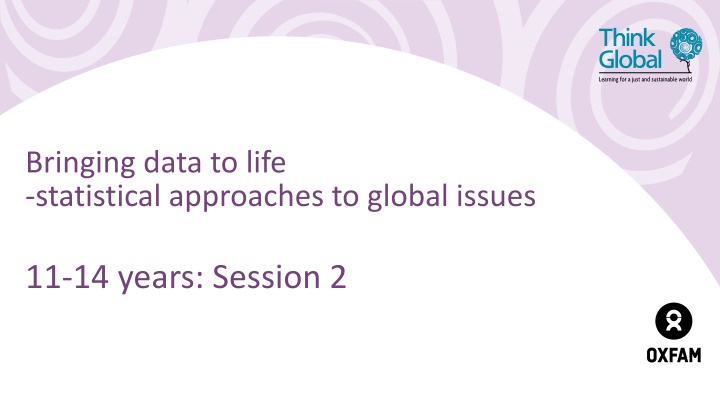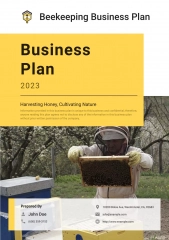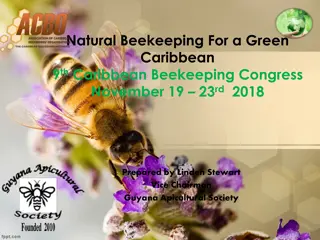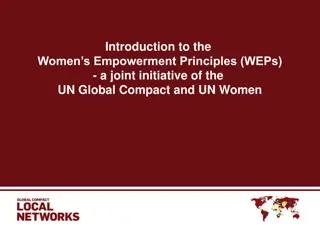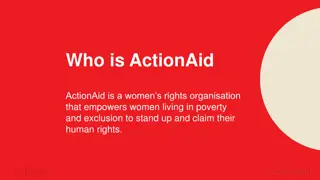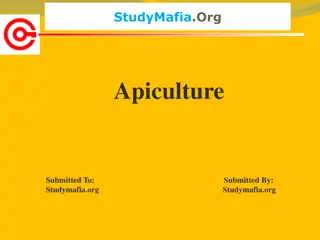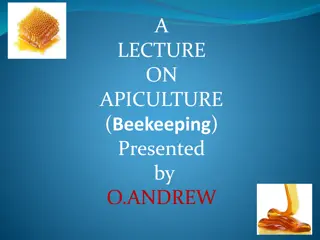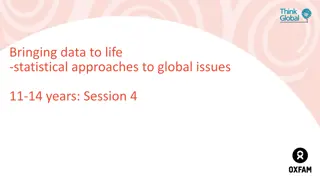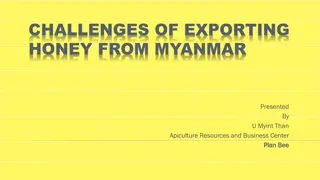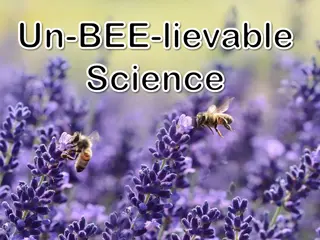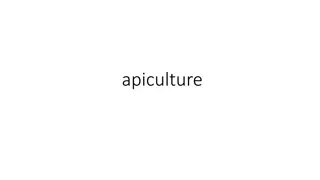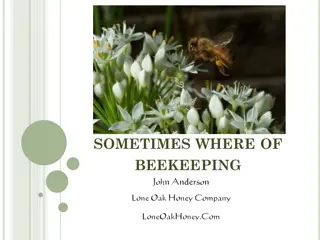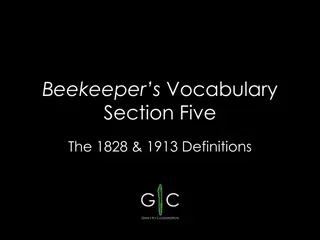Empowering Women in Beekeeping: A Statistical Approach to Economic Growth
Explore the transformative impact of collective action groups and data sampling on women honey-producers in Ethiopia. Through training and modern beehives, these women increase honey production, profit, and wealth index. Statistical analysis shows the correlation between honey production and wealth index among group and non-group members, highlighting the benefits of women's empowerment in beekeeping.
Download Presentation

Please find below an Image/Link to download the presentation.
The content on the website is provided AS IS for your information and personal use only. It may not be sold, licensed, or shared on other websites without obtaining consent from the author.If you encounter any issues during the download, it is possible that the publisher has removed the file from their server.
You are allowed to download the files provided on this website for personal or commercial use, subject to the condition that they are used lawfully. All files are the property of their respective owners.
The content on the website is provided AS IS for your information and personal use only. It may not be sold, licensed, or shared on other websites without obtaining consent from the author.
E N D
Presentation Transcript
Bringing data to life -statistical approaches to global issues 11-14 years: Session 2
The impact of collective action groups and data sampling
Womens training group a collective action group This group only has women members. It provides training for women to help them develop their knowledge and skills. This includes training on how to grow and make their products and how to get a good price for their products. The group provides training for many different crops and products.
Honey producers from a women-only support organisation
Women honey-producers deposit money into a credit union during a weekly meeting. The meeting allows women to discuss honey production. These women use traditional beehives but are looking to move to modern beehives following training from a union. This training motivated them to form their support organisation.
Impact chain Woman farmer joins a training group She learns new skills, which help her use her new, modern bee hives more effectively More honey is produced from all of her bee hives She has more honey to sell and makes a bigger profit She uses some of her increased profits to add to her bee hives and tools
The wealth index The wealth index is calculated using data on a household's possessions, animals and what their house is like, such as whether they have a grass or tin roof. When we talk about wealthy women in this study, we mean they are wealthy compared to other women farmers studied in Ethiopia. However, these women are not wealthy by UK standards.
Ethiopia: Honey Produced vs. Wealth Index (WCA Group Members and Non-Group Members) 600 500 Honey Produced 400 300 Group Members Non-Group Members 200 100 0 0 20 40 60 80 100 120 Wealth Index
Graph questions What is the name of this type of graph? What patterns can you spot in this graph? What does it look like is happening? Do women with a higher wealth index tend to produce more or less honey? How can you tell this? Why might women with higher wealth also produce more honey? What does this type of graph generally show us?
Ethiopia: Honey Produced vs. Wealth Index (WCA Group Members, aged 30 and Younger) 600 500 400 Honey Produced 300 200 100 0 0 20 40 60 80 100 120 Wealth Index
Ethiopia: Honey Produced vs. Wealth Index (Non-Group Members, aged 30 and Younger) 600 500 400 Honey Produced 300 200 100 0 0 20 40 60 80 100 120 Wealth Index
Graph discussion Why are the previous two graphs unrepresentative of the larger data set? What could you do to avoid using an unrepresentative group? Think of as many ways as possible to avoid this problem. What should we do with data that doesn t fit the general pattern?
Creating your graph Always use a pencil and a ruler Work out the scale for your graph Draw the axes Label both axes Give your graph a title Plot points
Graph questions Do your graphs tell a different story than the one from the full dataset? What is different about these graphs? What do they tell us? Which graphs do you think are the most accurate yours or the ones from the full dataset? Why?
